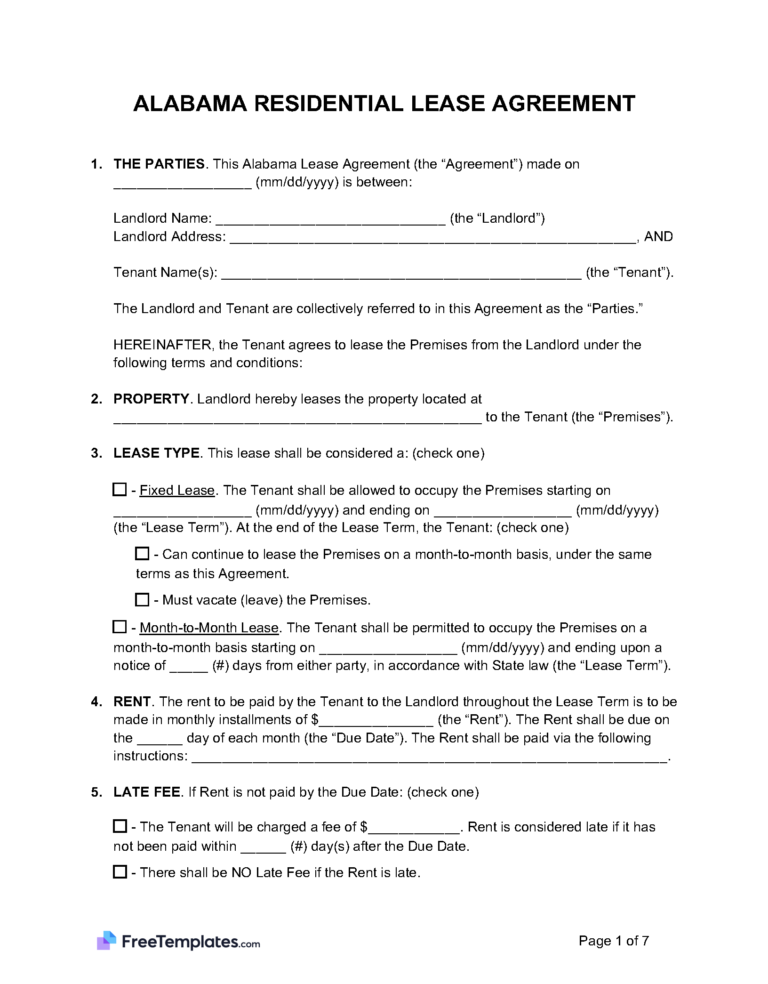By Type (6)
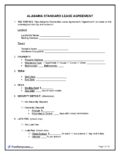 Standard Lease Agreement – A standard fixed-term contract, commonly for 12-months. Standard Lease Agreement – A standard fixed-term contract, commonly for 12-months.Download: PDF, MS Word, ODT |
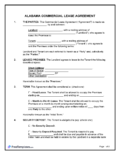 Commercial Lease Agreement – A non-residential lease commonly for retail, industrial, or office-related property. Commercial Lease Agreement – A non-residential lease commonly for retail, industrial, or office-related property.Download: PDF, MS Word, ODT |
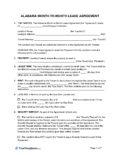 Month-to-Month Lease Agreement – A residential lease that can be terminated by either party with 30 days’ notice. Month-to-Month Lease Agreement – A residential lease that can be terminated by either party with 30 days’ notice.Download: PDF, MS Word, ODT |
 Rent-to-Own Agreement – A standard lease with an option for the tenant to purchase the property. Rent-to-Own Agreement – A standard lease with an option for the tenant to purchase the property.Download: PDF, MS Word, ODT |
 Roommate Agreement – A shared living arrangement with multiple individuals that outlines rules and responsibilities. Roommate Agreement – A shared living arrangement with multiple individuals that outlines rules and responsibilities.Download: PDF, MS Word, ODT |
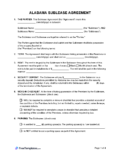 Sublease Agreement – Between a tenant and a subtenant while under an original agreement. Sublease Agreement – Between a tenant and a subtenant while under an original agreement.Download: PDF, MS Word, ODT |
Disclosures (2)
Landlord’s Contact Details – The landlord must include the name and address of a person authorized to manage the premises. This is commonly the property owner or a manager hired to act on their behalf. § 35-9A-202(a)
Lead-Based Paint Disclosure – Must be attached to the lease or given to the tenant separately if the property was constructed prior to January 1, 1978. 24 CFR 35.92
Security Deposit
Maximum – A maximum of one (1) month’s rent can be charged for a security deposit. The landlord can also charge an additional deposit for “increased liability risks” related to pets or based on the tenant’s consumer report. § 35-9A-201(a)
Returning to Tenant – A security deposit must be returned within 60 days. If the tenant does not provide a forwarding address, the landlord can keep the deposit after 90 days. If there are any deductions to the security deposit when returning, the deductions must be entered into an itemized list and shared with the tenant. § 35-9A-201(d)
Landlord Access
General Access – If the landlord is to enter the tenant’s property for repairs, inspections, or related matters, at least 2 days notice is required. § 35-9A-303(a)
Emergency Access – A landlord can legally enter the tenant’s property in case of an emergency or court order. § 35-9A-303(b)
Paying Rent
Grace Period – There is no grace period. Rent must be paid at the “time and place” agreed by the parties. § 35-9A-161(c)
Maximum Late Fee – There is no maximum late fee. Therefore, referring to the maximum allowable interest rate (usury) of 8% per annum is recommended. § 8-8-1
Returned Checks (NSF) – The landlord may charge a maximum $30 fee. § 8-8-15(b)
Reasons for Eviction (3)
Non-Payment of Rent – If rent is not paid on the due date, the landlord can issue a 7-day notice to pay the rent due, including penalties. If the tenant does not pay, they will be required to move out or else face an eviction lawsuit. § 35-9A-421(b)
Non-Compliance – If the tenant violates any part of the lease, the landlord can issue a 7-day notice to comply or vacate. This required the tenant to “cure” the issue or vacate the property by the end of the period. § 35-9A-421(a)
Illegal Activity – If the tenant commits an illegal act on the property, the landlord can send a 7-day notice that requires the tenant to move out of the property. § 35-9A-421(d)
